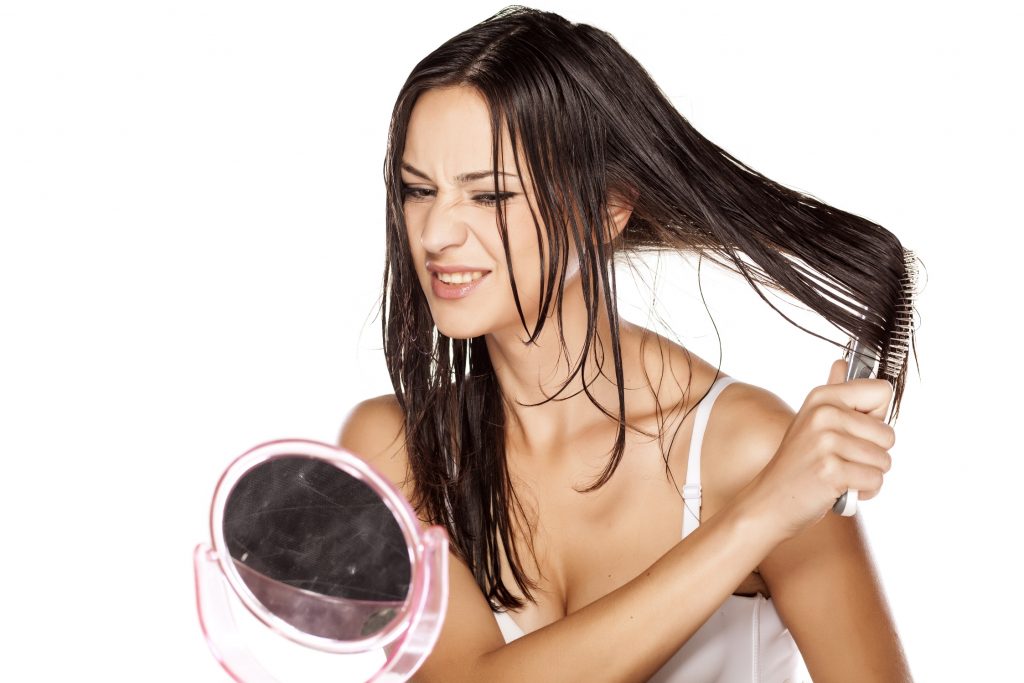
Wet Hair, Don’t Care!
26th September 2016
Guest blog from Iain Sallis, consultant trichologist at the Farjo Hair Institute.
Your hair can be the basis for your entire look and we are continually exposed to the tips and tricks in hair styling that help us make the most of our luscious locks. However, in order to carry off these sleek styles, braids or curls, we need to treat our hair right.
There are endless stories in the media about the damaging shortcuts we take when caring for our general health, but how often do you consider the impact of the shortcuts you take with your hair?
The perils of dry shampoo have been covered extensively, but a less commonly discussed bad habit is brushing your hair whilst wet. Brushing hair excessively, regardless of whether it is wet or dry, will cause the hair fibres to fray – it is only a fibre after all! This in turn will have a negative overall effect on hair health.
The significance of wet hair, though, is that hair is at its most fragile when you’re fresh out of the shower. It is an elastic fibre and rough brushing may cause weakness in otherwise healthy hair. If hair happens to be damaged already in some way – through too much heat styling, for example – vigorous brushing may cause excessive.
So, what’s the science behind this?
Your hair is made up of three main parts: the medulla, the cortex and the cuticle. The medulla is the middle of the hair which is usually, but not always, present in humans. The cortex is the main bulk of the hair and is comprised of twisted protein strands, which are very supple and give hair its workable flexibility. The cuticle is the outermost part of the hair and is comprised of what can be classed as overlapping tiles of hard keratin plates which protect the rest of the strand.
If you think of the hair as an armoured fibre, you won’t be far from the truth. Rough brushing may degrade the cuticle plates protecting the soft cortex, which may then unravel, much like a spring, and cause dreaded snapping.
This leads me to explain the significance of water coming into contact with your locks. A single hair strand has several chemical links that serve several purposes. One of the weakest and most abundant of these links in your hair is the hydrogen bond. This particular bond can be broken by water because H2O interrupts the hydrogen cross-links, but will reform when water is taken away. This is exactly why we can wet the hair and reform it in a different shape when drying e.g. blow-drying. As many of the hydrogen bonds are broken when washing the hair – by getting it wet – the hair is more susceptible to breakage when brushing.
As hair dries, the cross-links will reform naturally, but damage can still be done if you are too rough with it on a regular basis.
Preventing unnecessary damage is something that should be on all of our agendas and considered in everyday activity. To avoid further damage from brushing, it is better to use a wide tooth comb and start brushing towards the end of the hair, working your way upwards in sections. The finer the comb, the harder the hair will be to untangle, and there will be more potential to damage the hair fibres. It’s also really helpful to use a light leave-in conditioner as a lubricant for especially matted hair to reduce any further breakage.


